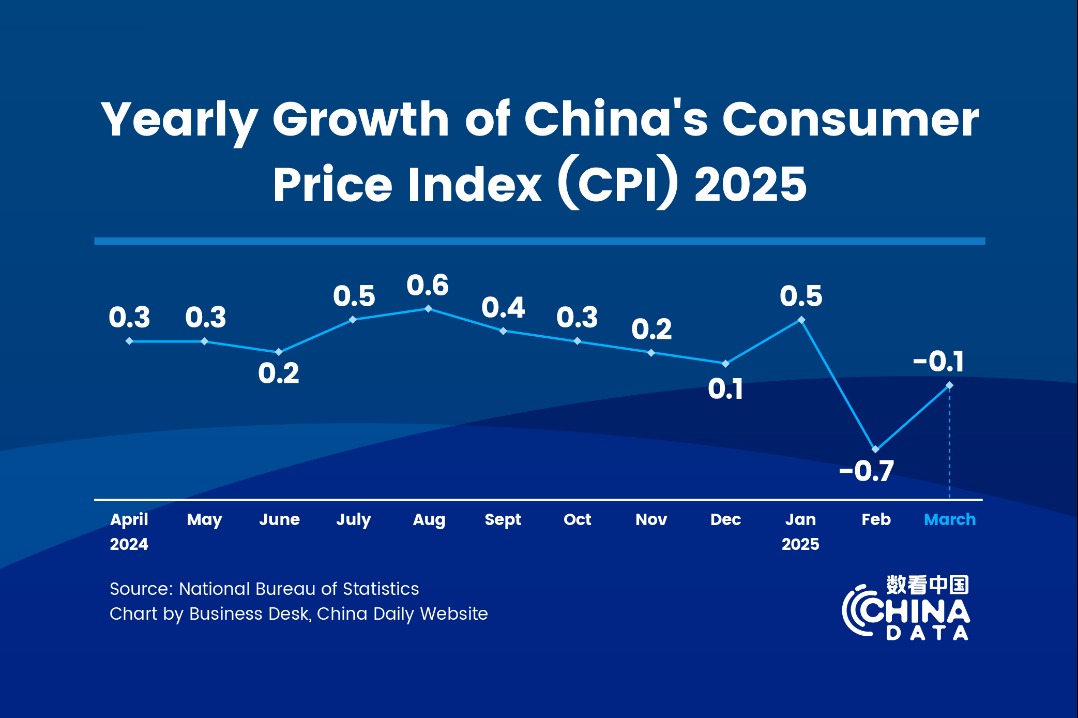Stable realty, shares key to lifting demand


In light of recent economic developments in China, three critical questions arousing public discussion have emerged, all pertaining to the significant policy adjustments made by the Chinese government starting in late September and the subsequent set of comprehensive incremental policies.
First, why have these policy changes happened? Second, what is the nature of these policies — are they an urgent response or a strategic elevation of China's growth stabilization efforts? And, last but not least, what will come next and what outcomes can be expected?
Let us try to answer these key questions.
Why policy recalibration?
The meeting held by the Political Bureau of the Communist Party of China Central Committee on Sept 26 has shed light on the rationale behind the policy shift, indicating that the Chinese economy is facing a series of new challenges and phenomena.
These challenges include economic growth in the second and third quarters of the year falling short of the annual growth target of about 5 percent, as well as the policies laid out since the end of last year, especially in the real estate sector, not having achieved outcomes as anticipated, coupled with fiscal challenges at the local government level.
Another new phenomenon that prompted the shift in policy stance was the start of interest rate reductions in the United States and the broader world economy, which have provided more scope for China's policy adjustments.
More importantly, a new consensus has emerged that stabilizing the real estate sector and promoting reforms to shape a stable performance of the capital market are the focal points in efforts to stabilize expectations, boost business confidence and shore up domestic demand.
In other words, stakeholders have shared the understanding that the stability of both the real estate sector and the capital market is not only a medium-term objective for institutional reform and economic restructuring, but an increasingly immediate short-term priority that serves as a prerequisite for expanding domestic demand.
Stopgap or systemic shift?
Based on the new consensus, financial authorities and government bodies have convened a series of news conferences to unveil a range of policy tools since late September.
These tools are primarily aimed at stabilizing the real estate market, boosting stock market sentiment, implementing countercyclical adjustments to expand domestic demand and providing relief measures for enterprises.
The pivotal question remains whether these measures are merely stopgap solutions. Without policy steps that follow, fundamental changes can hardly happen, a scenario many are concerned about.
To answer this question, it deserves reemphasizing the change in mindset behind the policy moves.
That is, stabilizing the real estate sector and the capital market has turned pivotal for boosting people's confidence, which in turn is the prerequisite for expanding domestic demand.
Other key clues to this question include the two targeted monetary policy tools aimed at supporting the capital market as well as the establishment of a joint working group for central bank treasury bond transactions.
First, the introduction of the Securities, Funds and Insurance companies Swap Facility and the central bank lending facility for share buybacks and shareholding increases have marked the prelude to the central bank's asset purchasing initiatives through an indirect channel.
In simple words, the SFISF facilitates financial institutions' asset pledging for financing to invest in the capital market, while the central bank lending program provides financing to listed companies' share buybacks.
The design principles behind these tools are to address the persistent pricing distortions and market inefficiencies plaguing China's capital market, evidenced by the prevalence of companies trading below their net asset values.
Before Sept 25, nearly 800 of the more than 5,000 onshore listed companies were trading below their net asset value. Close to 100 companies trading below their net asset value saw dividend payout ratios even exceed 5 percent, indicating a systemic distortion in China's capital market pricing.
By encouraging major shareholders to buy back shares and eligible institutions to increase stock holdings, these measures imply a significant paradigm shift, aiming to establish a market floor and address the widespread, persistent issue of stock market values falling below book values.
Correcting the pricing distortion will play a major role in recouping the capital market's functioning and fostering rational investor behavior.
Second, the establishment of a working group on treasury bond open market operations by the Ministry of Finance and the People's Bank of China signifies a significant reorientation in the future positioning of fiscal and monetary policies.
This institutional move is closely tied to the comprehensive enhancement of China's modern central banking system, emphasizing the marketization of interest rates and signaling the extensive expansion of the government bond market's depth and breadth. These changes herald a transformative shift in monetary policy operations and the future fiscal policy framework.
Structural changes implied
Therefore, contrary to popular opinion that these measures are merely simple stimuli to mitigate short-term difficulties, they are actually aimed at instigating fundamental changes in incentive systems and market players' behavioral patterns.
For instance, policy efforts to forge a stock market bottom aim to alter investor behavior while the incentives for listed company restructuring and long-term investments seek to reshape the structure of the capital market.
Similarly, initiatives such as local government debt resolution and functional reorganization aim to address the stagnation in some regional economic engines, hinting at substantial reforms on the horizon.
Looking ahead, it becomes evident that the focus on stabilizing first-tier real estate markets and key real estate enterprises has yielded positive outcomes, as indicated by remarks by officials recently that China's property sector has started to bottom out. This is a crucial foundation for predicting future policy moves.
Moreover, the objective of expanding domestic demand would be achieved via improvements in social welfare, rather than simply expanding consumer goods trade-in deals.
The focus on fostering consumption is shifting to boosting long-term income growth and repairing households' balance sheets, and there will be a continuous rollout of incremental policies to consolidate this policy direction.
In short, recent policy moves go beyond typical stimulus campaigns. We must understand the policy resolve behind this and recognize the structural and institutional changes implied.
The writer is president of Shanghai University of Finance and Economics.
The views do not necessarily reflect those of China Daily.
The article is an edited excerpt from Liu's speech at the FutureChina Global Forum 2024 in October.




































